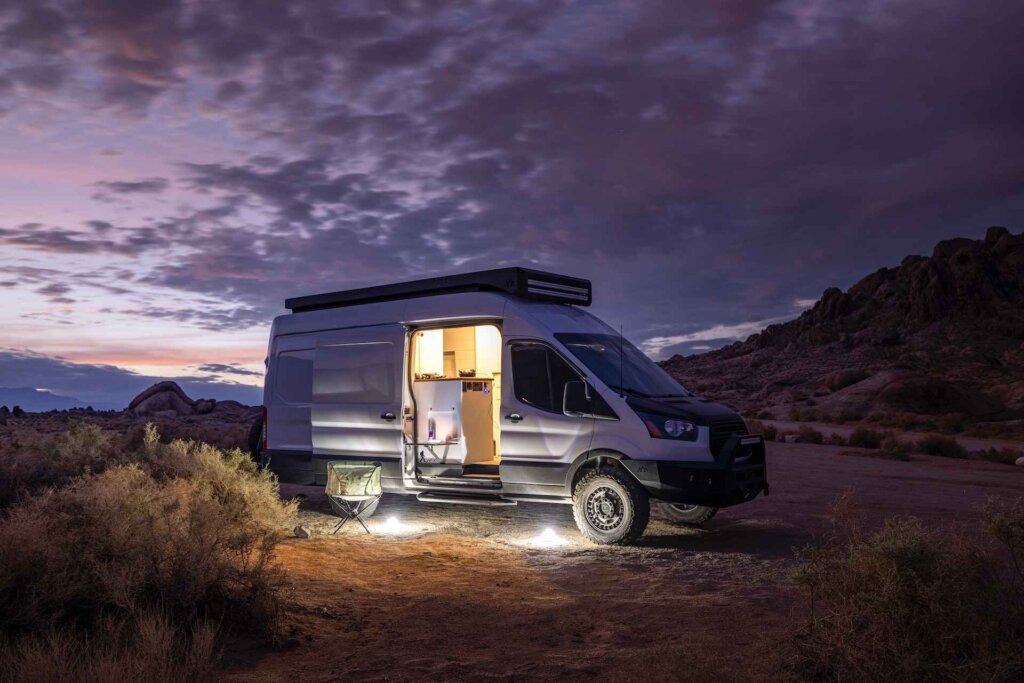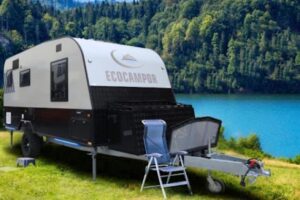In the last ten years, I have boondocked all over the western half of the United States and spent time working as an RV technician in Boulder, Colorado. Through these experiences, I’ve learned a thing or two about how to have a seamless, stress-free adventure in the wilderness and now I’m going to pass that knowledge on to you. Let’s do this!
What is Boondocking?
Boondocking is the act of camping on public lands in a car or RV without access to power hookups, water connections, or waste dump-stations. Another commonly used name for boondocking is “dry-camping” and you’ll sometimes hear it referred to as “dispersed camping”. In my opinion -and the opinions of many other outdoorsy people- the term dispersed camping is also applicable to other types of camping and isn’t the best way to refer to proper RV boondocking.
Boondocking is free and requires no reservations. A vast majority of boondocking sites operate on a “first come, first served” basis, meaning that to secure a site you must physically occupy that site with your rig.
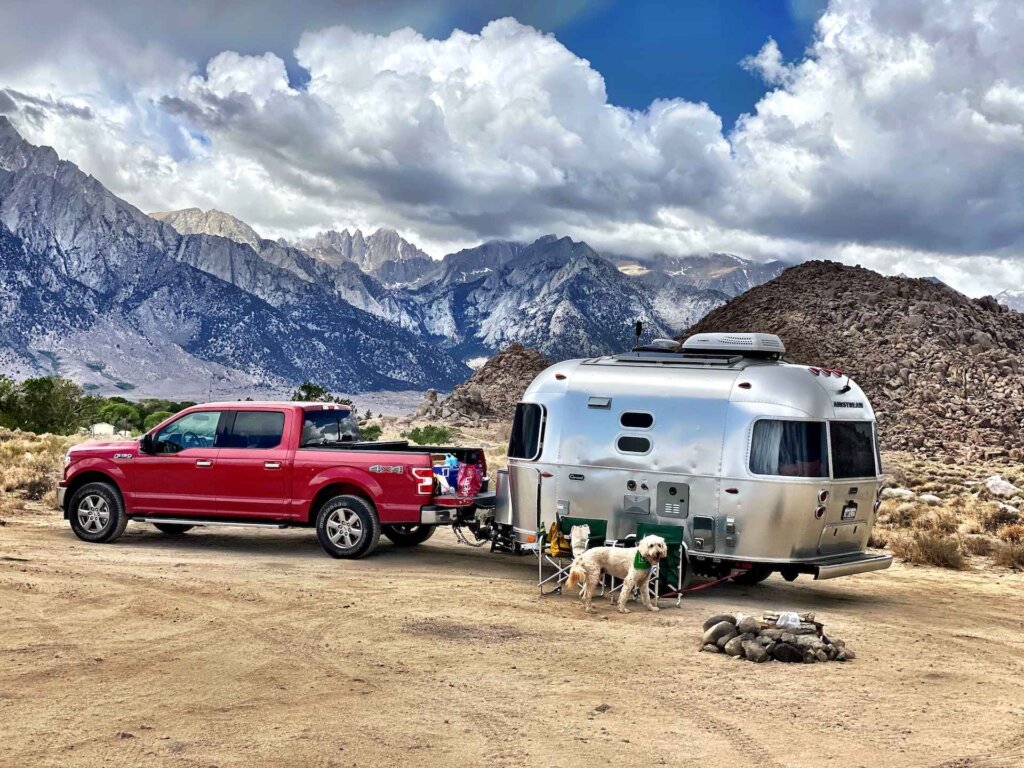
Where to Find Boondocking Sites
While the best places to look for boondocking locations are on public land, not all public lands offer free dispersed camping. National Parks, for example, typically do not offer dispersed camping of any kind. Although most National Parks do have campgrounds available to the public, these campsites are well-established, require reservations, and come with a small camping fee.
Bureau of Land Management Land
The United States Bureau of Land Management (BLM), offers free dispersed camping on most of the land it administers. With the BLM managing almost 245 million acres of federal land, that’s a lot of free campsites.
Now, that’s not to say that you have free reign to 245 million acres worth of campsites. A vast majority of BLM land is undeveloped wilderness that is extremely difficult, if not impossible to access with a car, let alone an RV. Most of the dispersed campsites available on BLM land are only accessible via old logging and service roads.
Additionally, the BLM has very strict policies surrounding the creation of new campsites. Dispersed camping on BLM land is only allowed in already existing campsites. Do not attempt to create your own site by driving into a “clear” patch of woods or desert. Doing so will harm natural environments and earn you a stern talking-to from a ranger. I’ve been on the receiving end of one of those lectures and it’s a shameful position to be in. Be better than me.
When searching for a place to boondock on BLM land, look for large pull-offs and other clearings that have clear and obvious signs of vehicle wear and tear. Sometimes dispersed campsites will have a sign indicating it is in fact a campsite, but more often than not there is no marker.
If you see a large promising site but there are logs and boulders blocking the entrance, then that site is closed. Rangers use the available natural materials to block off zones for rehabilitation.
United States Forest Service Land
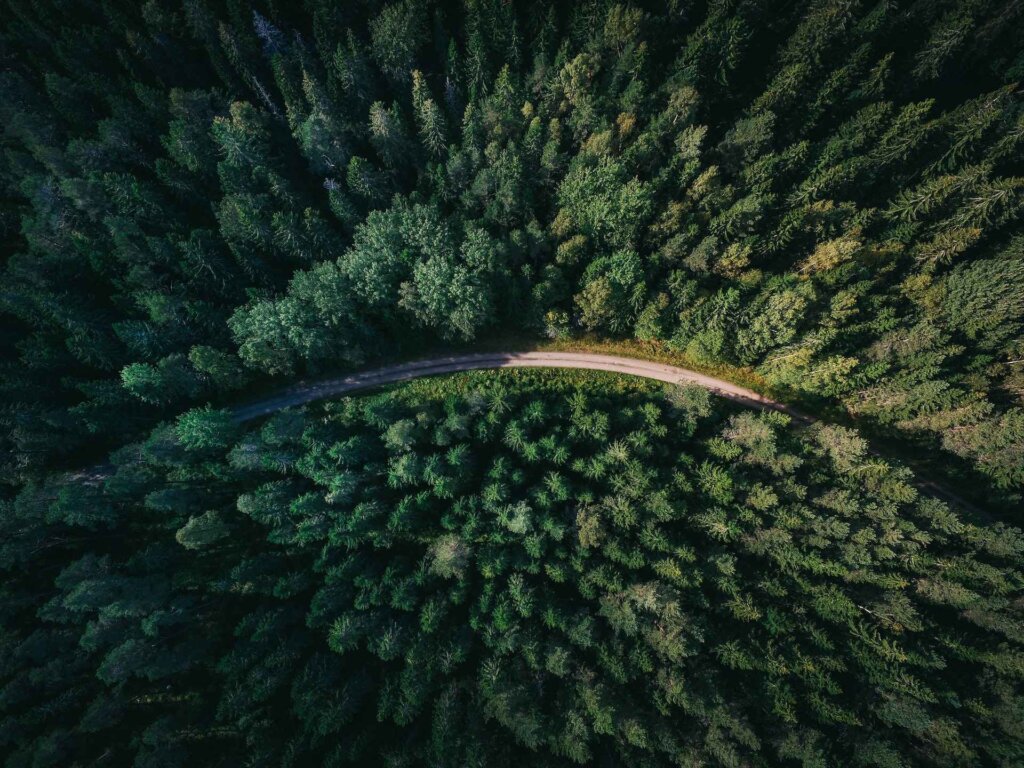
Just like the BLM, the US Forest Service (USFS) -an agency of the US Department of Agriculture- offers dispersed camping on much of the almost 200 million acres of woodland they administer. This is fantastic for nature lovers, because the USFS manages the most beautiful regions of forest found in the United States. In addition to sprawling woodland, USFS land contains thousands of lakes, rivers, and many mountain ranges.
Some of the best and most formative days of my life have been spent camping on USFS land. I have no doubt that jumping into my truck and escaping into the hills during my early twenties made me who I am today. The isolation, the beauty, the freedom; it cleansed my soul.
Similar to BLM land, campsites in National Forests will often resemble a large pull-off on a logging road. But keep in mind to not camp on the apex of a switchback, even if it looks as though there is plenty of space. Many USFS logging roads are in active use by logging companies and the trucks need ample room to turn on switchbacks.
Alternative “Boondocking” Sites
I’m a bit of a purist when it comes to the outdoors. Although in previous articles I have referred to overnighting in an urban environment as boondocking, technically it is not. From a purist’s point of view, boondocking is solely the act of dispersed camping without hookups in a natural and preferably remote area.
Off-grid camping in cities and towns is not true boondocking. At best I would call it “urban-boondocking” or “stealth camping”. With that said, off-grid camping in urban environments is still a fantastic way to save money on the road. There are plenty of places to stay overnight for free in a city or town if you know where to look.
Business Parking Lots
Some businesses are known for their friendly attitudes towards RVers and will allow RV travelers to overnight in their parking lots for free. While this is a great opportunity to save money and time on finding a campsite, it is important to know the proper etiquette surrounding this practice. If you choose to overnight in a businesses parking lot, keep these guidelines in mind:
- Patronize the business. Most businesses that allow overnight RVers are assuming that they will get a customer out of the deal. If you are staying at a grocery store, run in and buy some supplies. If you are at a restaurant, grab a bite to eat or at the very least grab a drink (and tip well).
- Don’t set up camp. Urban boondocking is not the time to grab camp chairs and fire up the grill. Keep your slide-outs closed and pop-ups down. Essentially practice as much discretion as possible. This way the business doesn’t end up looking like a music festival, and you can pick up and leave at a moment’s notice.
- Park well. Park as far back in the parking lot as possible and don’t take up more spots than necessary. Prime parking spots should be reserved for regular paying customers of the business.
- Don’t party. Again, discretion is key while overnighting for free at a business. Keep music low and any drinking or smoking should be done in the privacy of your rig.
- Ask permission. Request to speak with the store manager and verify that overnighting is allowed. Even if you see other rigs in the parking lot, you shouldn’t assume it’s an overnighting free-for-all.
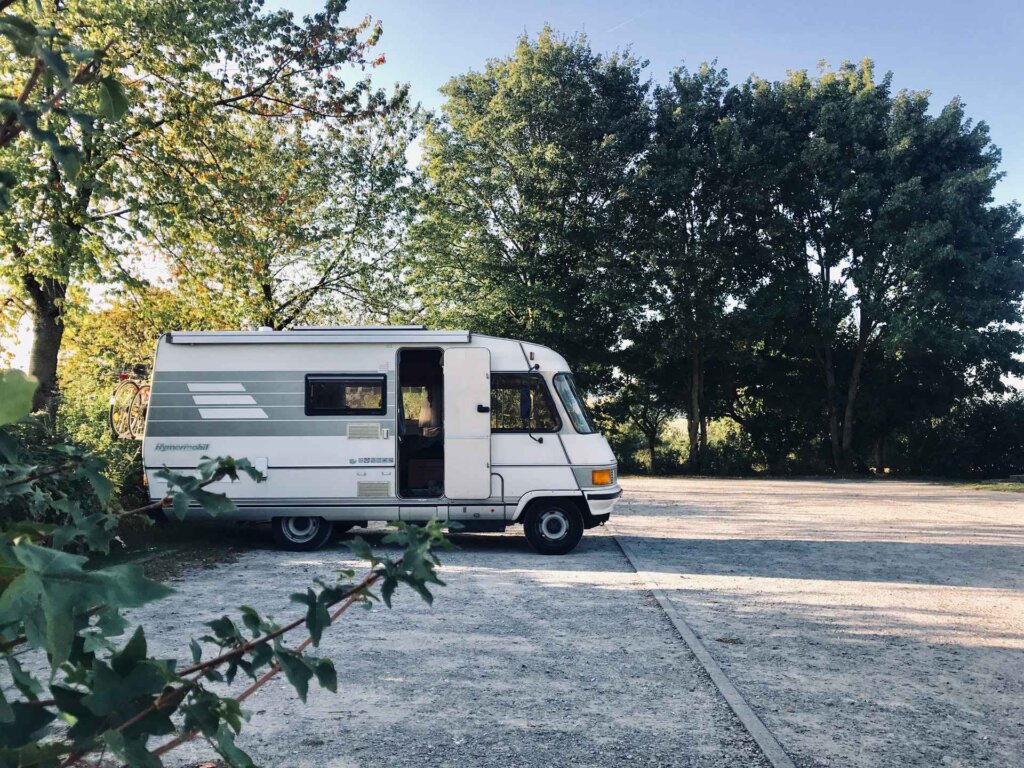
If you are in need of quick overnight in an urban area, the following businesses have been known to allow RVers a free night in their lot:
- Walmart
- Cracker Barrel
- Cabela’s
- Planet Fitness
- Lowe’s
- Some casinos
Residential Neighborhoods
I’ll keep this tip brief as it really only applies to those of you with discrete camper vans and stealthy truck bed campers.
With a little stealth and discretion, it is possible to grab a free overnight stay in a residential neighborhood. To accomplish this, timing is key. Arrive late, preferably after sunset, and leave early (before the neighborhood wakes up). Find a dark spot in between street lights to parking so that the darkness disguises your rig. Out of sight, out of mind.
Be ready to go to sleep immediately upon arrival. This means no teeth brushing, gear organizing, or Netflix before bed. Ideally, you roll up, kill the engine, and are dead quiet and motionless until you pull out in the morning.
This may sound severe but it’s the best way to prevent a midnight knock from local police. Most suburban folks prefer not to have RVers sleeping in their neighborhood, and a majority of cities and counties have laws against it. So be stealthy and respectful and only stay for as long as you need to grab a few hours of sleep. Even then, don’t be surprised if the cops ask you to move along.
Is Boondocking Legal?
Absolutely.
In most states there is at least some BLM or USFS land available for free, legal boondocking. Laws will vary state to state and region to region though, so do your research and verify that dispersed camping is permitted in the area you are wanting to boondock before arriving.
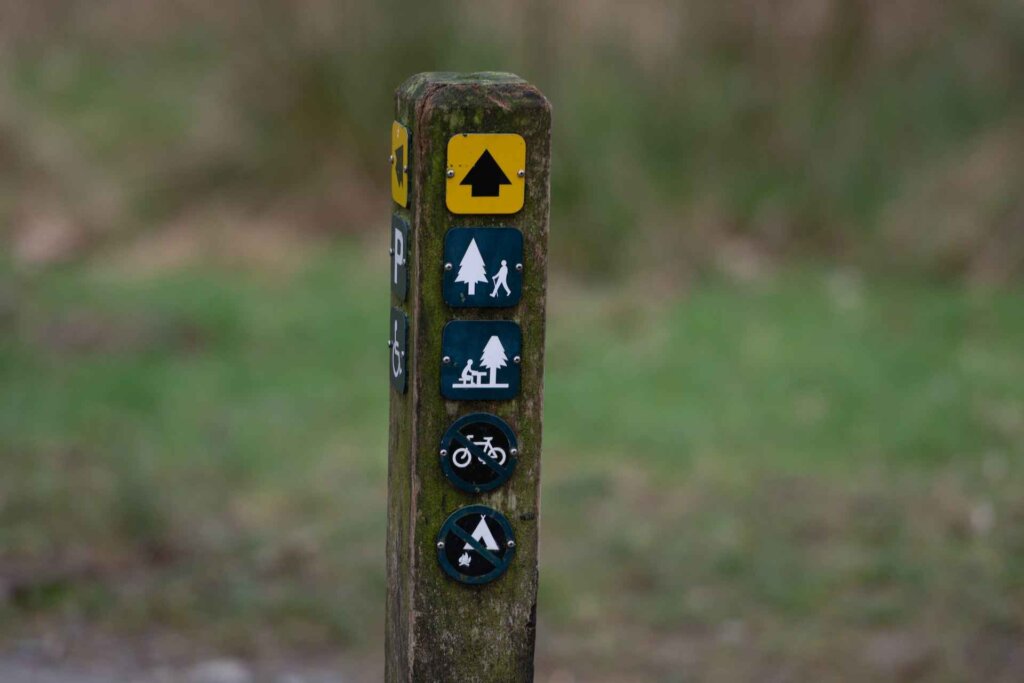
Similarly, every city, town, and borough has different laws in regards to sleeping in a vehicle. Know the laws and your rights before stealth camping or urban boondocking. Most urban stealth campers have a handful of stories about late night interactions with local police. It just kind of comes with the territory. If a cop asks you to move along, be polite, be cordial, and comply. Trust me, it’s just easier that way.
Preparing for a Boondocking Adventure
Boondocking trips require a bit more preparation than regular camping trips to an RV park. You will need to pack more gear, bring larger stores of food and water, and prepare for more potential scenarios.
While it’s unlikely you will face any serious mishaps while boondocking, it’s not impossible. Being thorough and diligent while preparing for a boondocking adventure will ensure you are prepared for the worst while enjoying the best.
What to Pack
The following items are great to have on hand for any boondocking trip. Some of this gear is included with generator-less camping in mind, some is included simply because it is useful to have on any camping trip.
- Back-up power bank for charging phones
- Extra blankets
- Water filter and purifying tablets
- Extra toilet paper and doggy bags
- Cooler and ice
- Large outdoor mat for ground cover
- Portable camping stove with plenty of fuel canisters
- RV leveling blocks
- Camping chairs and folding table
- Shade-maker (awning, umbrella, etc.)
- Board games and a deck of cards (for rainy days)
- Fuel canisters with enough backup fuel to get you to the nearest gas station
- Emergency reserve of food and fresh water tanks
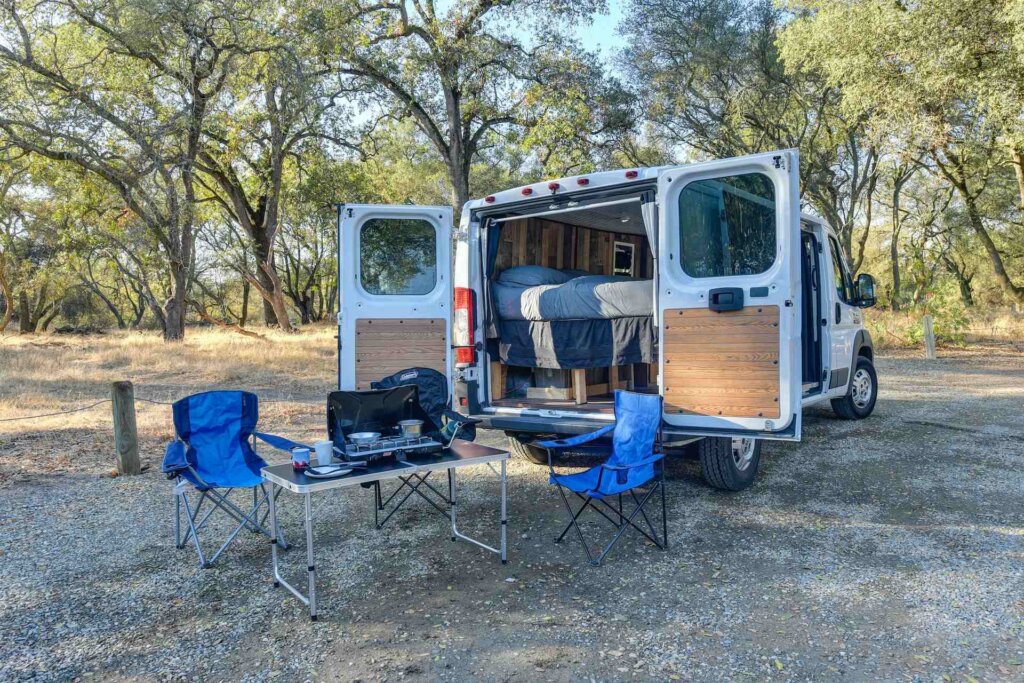
Researching the Area
Do a few hours of research on the area you plan to boondock in so you have a clear idea of potential hazards, boondocking laws, and fun activities to fill your days with. I’ve found the following topics to be the most useful to research before you hit the road.
Local Wildlife
Figure out what types of plants and animals inhabit the wilderness you are traveling to. Knowledge of large animals in the area will help inform your decisions around food and waste storage and how to hike and explore the area safely. If kids or pets will be present, know if there are any poisonous plants to keep an eye out for.
Cell Service
Many online boondocking forums touch on whether you can expect a strong cell signal in an area. If an area only offers a weak connection, consider buying a signal booster so you can still contact authorities in the event of an emergency.
Popularity
Popular boondocking sites fill up quickly, especially during the summer and on weekends and holidays. Head out extra early and secure your spot if you suspect it may be crowded where you are headed. I once left my house at 4 am to secure a prime boondocking spot. It was absolutely worth it.
Legality
Make sure you know the dispersed camping laws in the area you plan to camp. Never attempt camping on private property without the owner’s permission.
Hikes/Lakes/Activities
If you and your crew are avid hikers, figure out what trails you want to hit first. If it’s going to be a hot summer day, try to find a good swimming hole to cool down in. The best boondocking locations do not have cell service or internet access, so researching the best ways to fill your days has to be done before getting to camp.
Fresh Water and Dump Stations
In the event of draining your freshwater tank or filling your black tank, it can be helpful to know exactly where the nearest accommodations are. Never skimp on drinking water. Even if it’s inconvenient, always prioritize making a run into town for fresh water. If you want to avoid the hassle of accidentally filling your black water tank, consider purchasing a composting toilet. They’re good for the environment and great for conserving water.
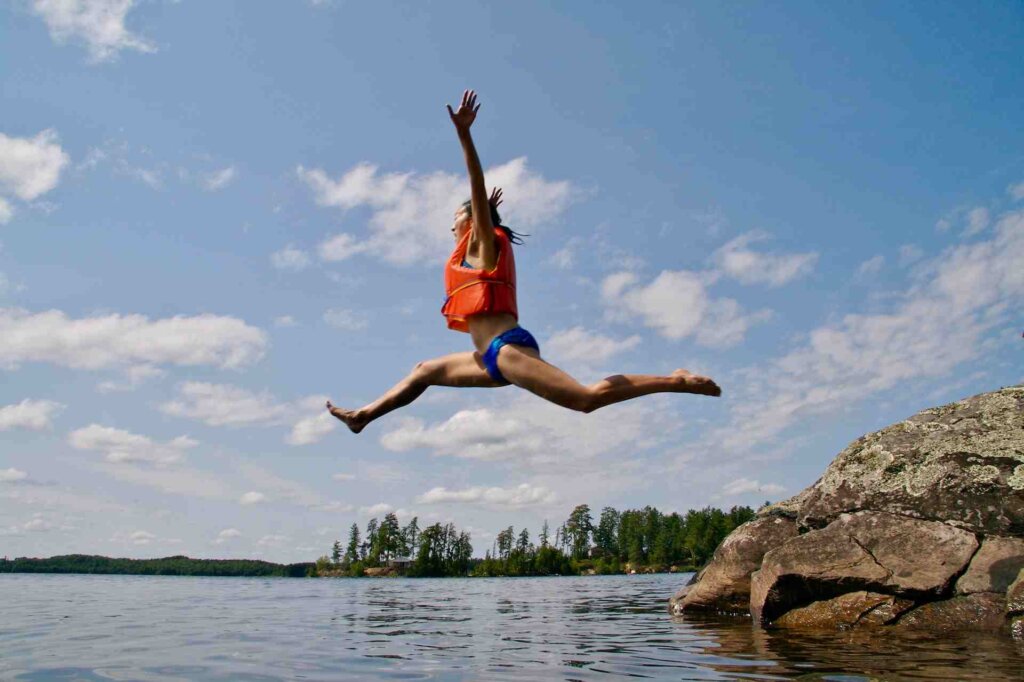
Before You Go
So, you are all packed up, your research is done, and you are ready to hit the road. Adventure awaits! In your eagerness to hit the road, don’t forget these last few crucial steps.
Check the Weather
Take a peek at the forecast for the days you will be traveling to the campsite and for your return home. If you see severe weather such as snow, heavy wind and rain, or lightning storms, consider pushing back your departure or rescheduling the trip altogether.
Severe weather should be taken seriously, especially while traveling in an RV. Make sure to also check the weather for the days you will be camping. Knowledge of upcoming weather patterns will allow you to pack the appropriate pieces of gear or change plans if necessary.
Fuel up
Top off all fuel tanks before heading out. It’s honestly absurd the amount of times I’ve reached a campsite only to find my propane tanks too low to cook dinner. Facepalm.
Always double check that all fuel tanks are full and ready to go before heading into the wilderness. This includes the fuel tank of your car, truck, or motorhome, your propane tanks, and any back up gas or diesel canisters.
Don’t forget water! Water is fuel for our body and without it we are in big trouble. Never leave the house with more than enough water to last through your trip. I try to bring double the amount of fresh water that I think I will actually consume.
Boondocking Etiquette
Even if you are camping in the backwoods far from the rules and regulations of RV parks, there are some points of etiquette to know if you want to show the boondocking community and the environment some respect and courtesy.
- Leave No Trace: “Leave No Trace”, or LNT refers to a set of practices aimed at minimizing environmental impact while in nature. LNT principles include proper disposal of trash and human waste, not taking natural souvenirs home, and respecting wildlife. Read up on LNT practices so you know how to be an ally to Mother Nature.
- Drive slow: it’s common for wildlife living near backroads to not be as aware or cautious of passing cars. Keep your speed down to avoid hitting and injuring local animals and to avoid kicking up dust and rocks as you pass other boondockers.
- Give space: people boondock to get away from packed campgrounds and RV parks. If you show up late to a popular boondocking location, don’t squeeze yourself in and intrude on another camper’s personal space.
- Quiet hours: the boondocking community seems a bit divided on whether or not it is ok to loudly party or use a generator through the night while boondocking. Personally, I believe that anyone boondocking has already made reasonable efforts to be away from others, especially if they are very deep in the backwoods. Typically, most people consider it rude to ask another boondocker to keep it down.
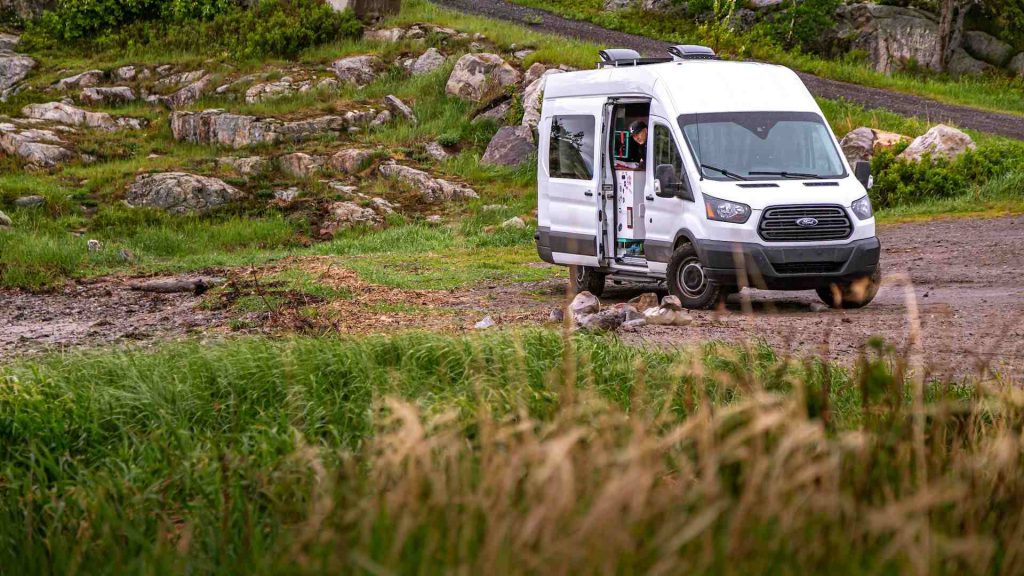
Frequently Asked Questions
Check out what questions our boondocking readers have been asking!
Can I dump my composting toilet out in the woods or a river?
No! Absolutely not. Waste from a composting toilet should be treated similarly to waste from your black tank. Either dump it at a proper dump station, or mix it into your own home garden.
Are dry-camping and boondocking the same thing?
Almost, but not quite. Boondocking refers specifically to dispersed camping without hookups, usually in a somewhat remote area. Dry-camping only refers to RV camping without hookups and can be done at a proper campground.
Is free camping only allowed in an RV?
Tent campers are more than welcome at dispersed camping sites. Free camping can also be found at backpacking sites on long hiking trails.
Ready, set, boondock!
Now you should be more than ready to grab some gear and some friends and drive to your nearest National Forest for a weekend of boondocking fun. It may take a few trips to figure out the best systems for your style of dispersed camping, but once you do, RV boondocking is way more satisfying and gratifying than RV park camping.
Don’t believe me? Try it for yourself!
Happy camping!

